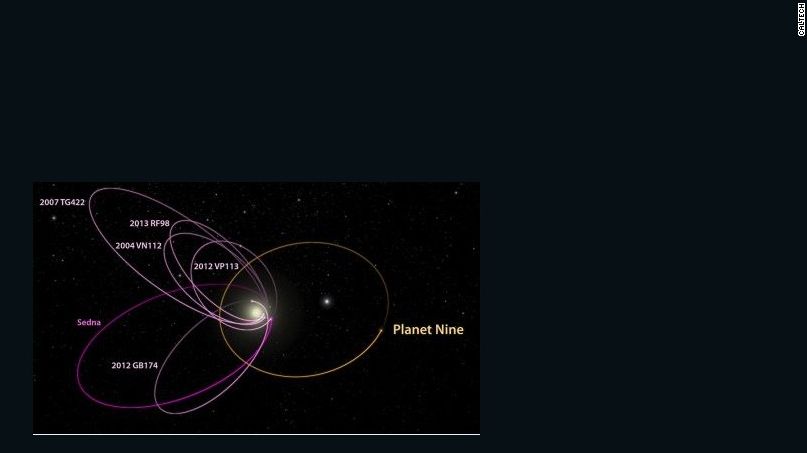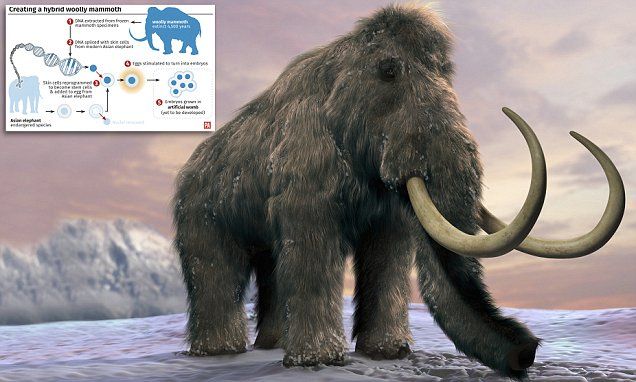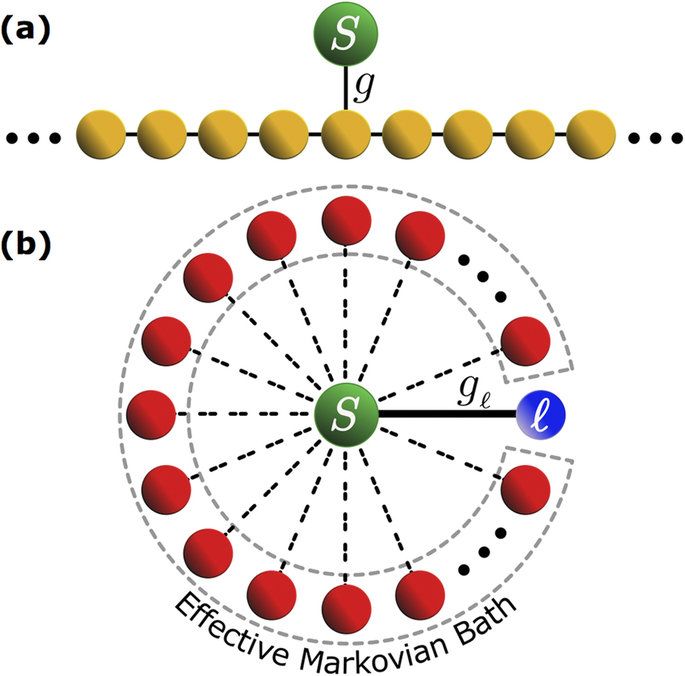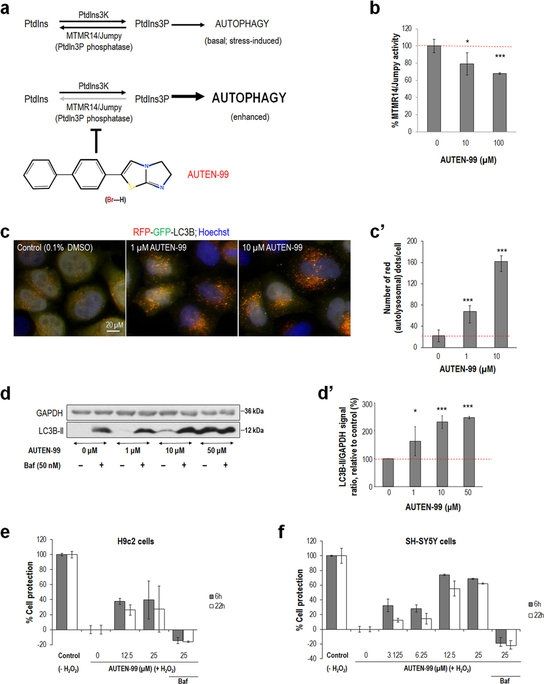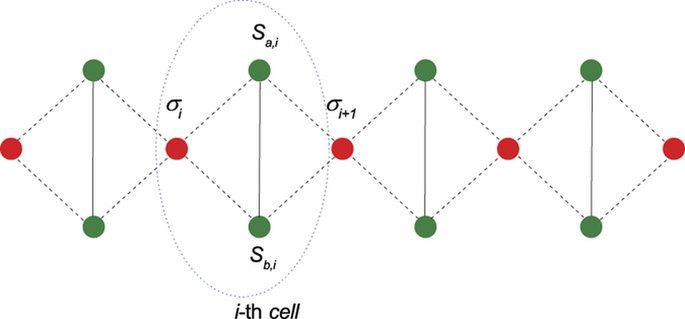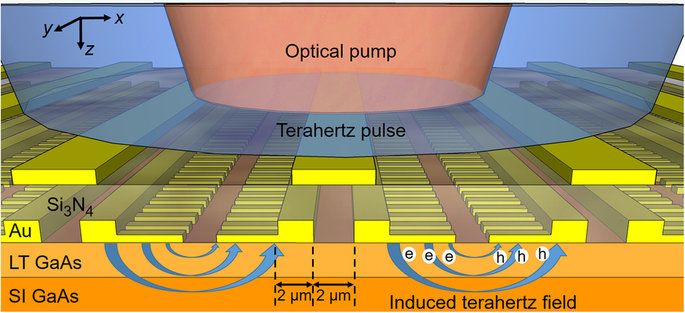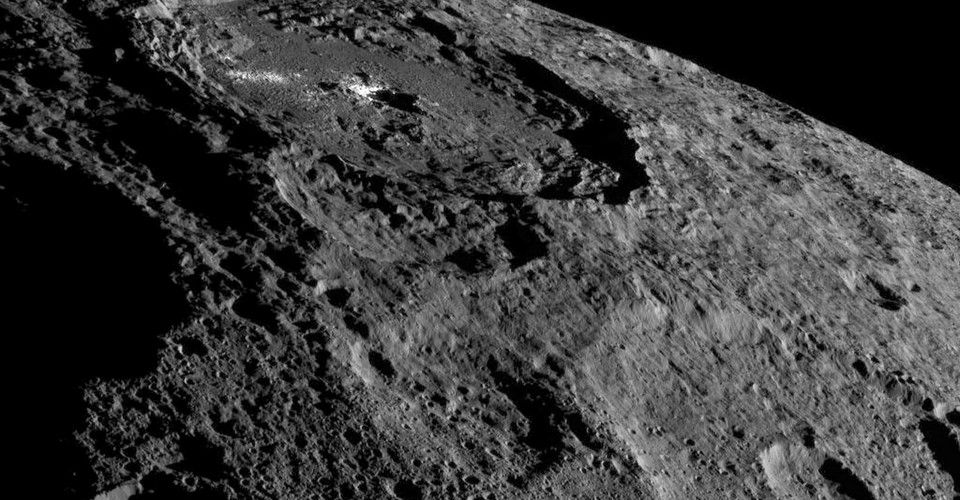Feb 16, 2017
Local Funeral Home Offers Drive-Thru Visitation For Families Of The Dearly Departed
Posted by Karen Hurst in categories: augmented reality, business, transportation, virtual reality
My niece shared this with me; and the 1st thing of course that came to mind was VR/ AR funerals/ ceremonials as so many including myself cannot always be there doesn’t mean we could not engage/ participate in an event like a funneral or wedding. Maybe marriage via VR is a business just like a funeral via VR could be.
MEMPHIS, Tenn. (localmemphis.com) — A funeral home off Lamar Avenue is offering a different service from its competitors. You can drive up, say your final goodbyes to your loved ones, and you don’t even have to get out the car.
Ryan Bernard, owner of R. Bernard funeral home, says he got the idea from a funeral home in California. His main goal is to make it more convenient for families who are already dealing with losing a loved one.

